July 20, 2018
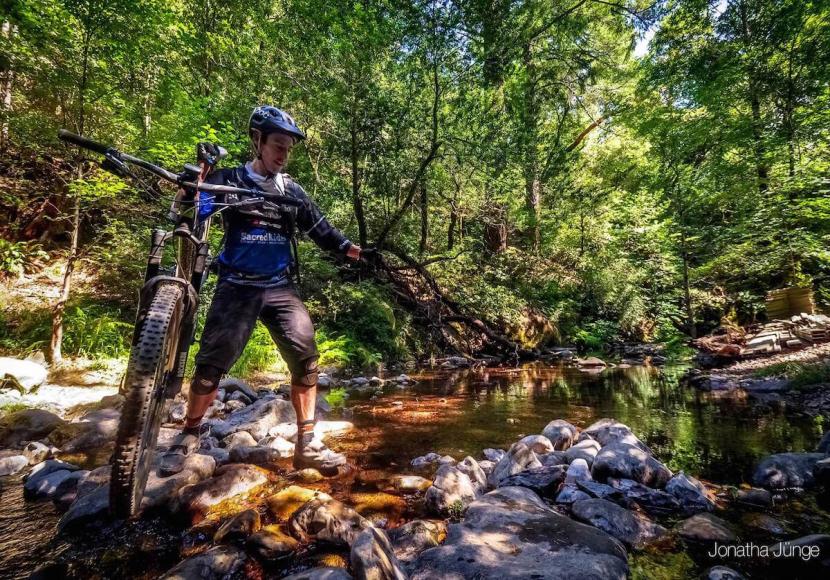
Mountain biking can be a darn right spiritual experience. Ripping and riding through trails, surrounded by the sounds, smells, and sights of the natural world make you feel alive.
Living in the moment becomes a little easier when mountain biking.
The trails and natural beauty we depend on for these spiritual experiences also need our protection, and there are a few important things you can do to protect the places you love to ride. Over the past few years, there has been a lot of dialogue about the environmental impact of mountain biking. While every human activity has an environmental impact, it’s important to understand ways you can minimize your impact while riding. With increased attention being placed on the negative impact of mountain biking, environmentally conscious bikers have the opportunity to make a few adjustments to their riding game and level-up their relationship with Mother Nature.
1. STAY ON THE TRAIL
The trail exists for a reason, and every cut switchback or off-trail adventure leaves behind a mess of erosion and damage to the surrounding vegetation. You may be tempted to carve your own path but stick to the route already in place to minimize your impact. Adding to this, every time bikers weave around a puddle or obstacle it widens the trail and potentially deepens an already existing problem. Dismount and walk your bike through puddles, if necessary, and carry your bike over fallen trees or plants whenever possible.
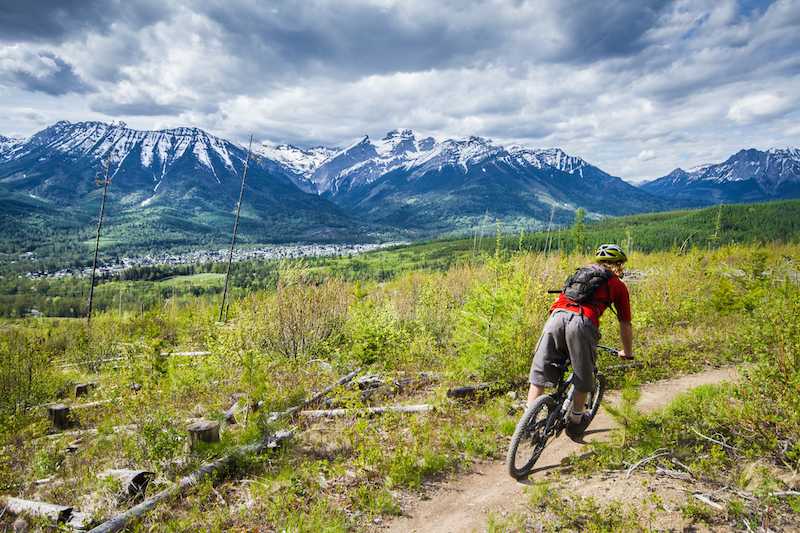
2. KEEP IT UNDER CONTROL
When picking up speed on the downhill, it can become necessary to hit the brakes when approaching a switchback, hikers, or other cyclists. Riders can save excessive damage to the terrain by managing their speed and being aware of turns and other people on the trail. Rather than skid and spray dirt and debris all over the surrounding plant life, take it easy and hit those turns at a speed you can handle without slamming the brakes.
3. BE MINDFUL OF CRITTERS
Wildlife is already at the mercy of human decision making and you can ease the stress on animals by keeping an eye out and slowing down. Often the sounds and speed of bikes frighten and disrupt the habits of wildlife. A little awareness can make a big impact on the quality of life for animals living or travelling near the trail. If you’re riding in remote areas where you could encounter larger mammals (bears, moose, deer etc.) make noise as you go around corners, or consider wearing a bell to ensure you don’t startle large creatures. For more tips check out How to Prepare for Wildlife Encounters on Your Mountain Bike Trips.
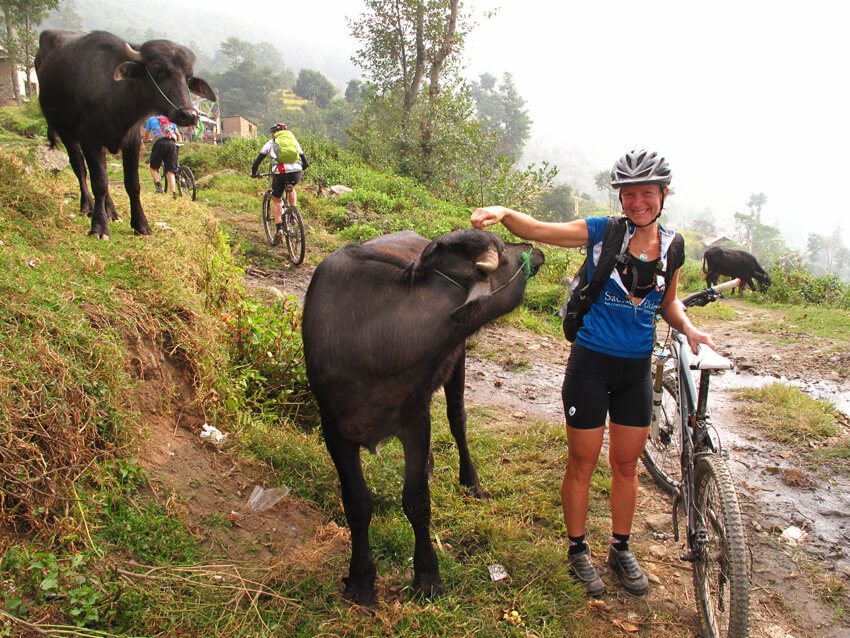
4. PAY IT FORWARD
Paying it forward is a practice that bikers who want to make a difference can pick up. At this point, it should be a given that littering just shouldn’t happen, but still, if the trails are dotted with bottles, wrappers, and other trash be sure to pick it up. Another way to pay it forward is to pick up branches, debris or small fallen trees that are blocking trail access. Check out your local mountain bike club to see if they host trail maintenance days. If you ride the trails, you should help maintain them. Refrain from riding when it’s raining and the trails are muddy. Those deep puddles created while it’s wet harden and dry over time creating deep, uneven divots in the trail that then need to be maneuvered around.
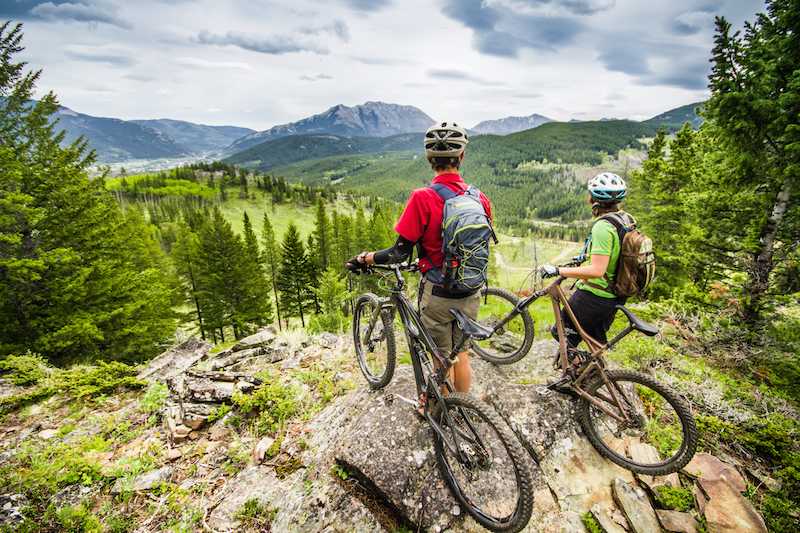
5. MIND THE MUD
Mountain biking is famous for leaving both biker and bike dirty. While it is a sign of a ride well ridden, it is also a potential hazard if not cleaned. Muddy bikes are often full of seeds, and when a rider travels through sensitive environments they can end up unknowingly depositing unwanted or harmful seeds as they go. This can cause a wipeout of pre-existing vegetation. Be sure to clean your bike after every ride to eliminate this potential problem, especially if travelling internationally or across the country with your bike.
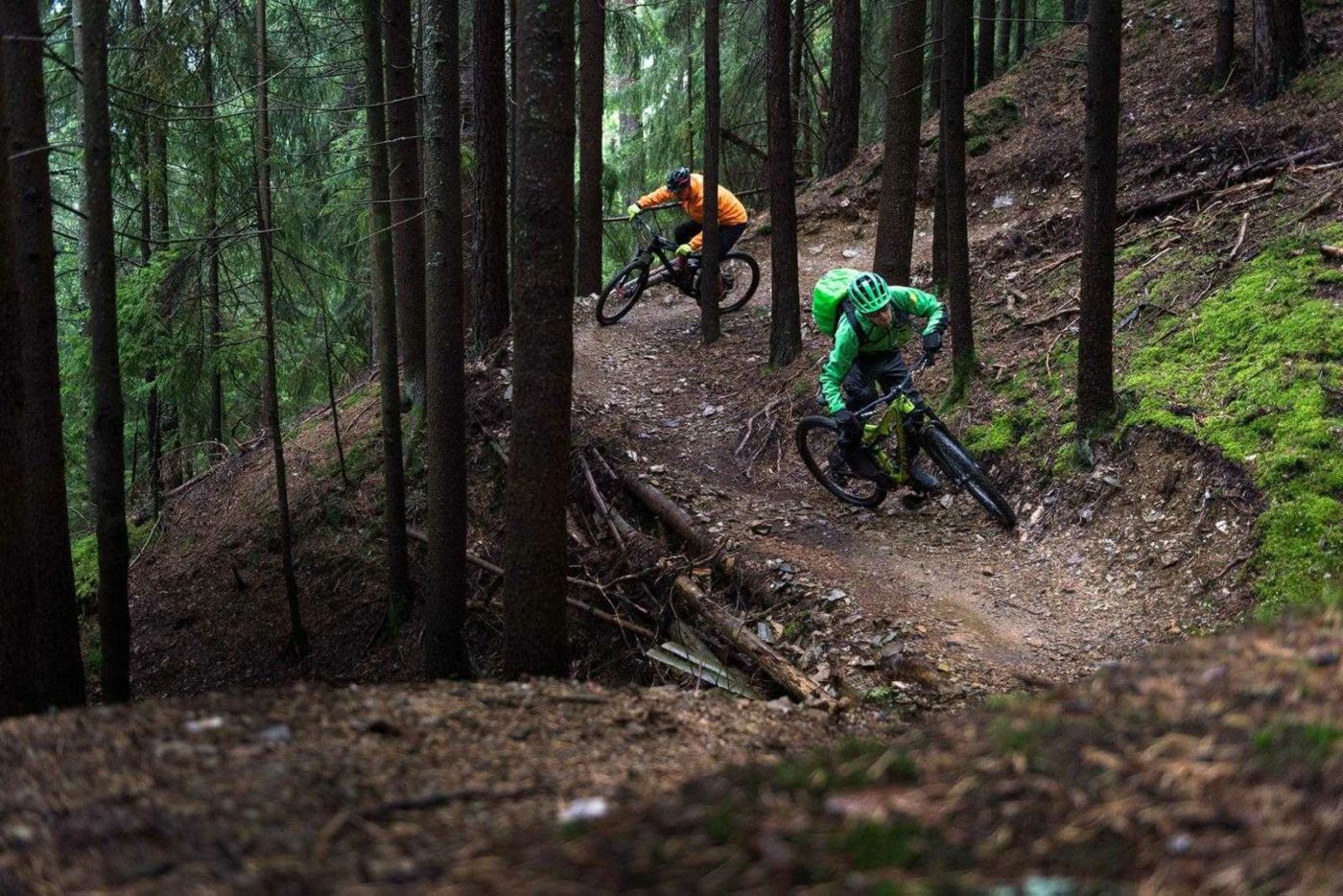
Any positive change, no matter how small, ripples throughout the world. By making one, some, or all of these changes you can reduce your impact on the environment while still enjoying the ride. Implementing these changes may require greater consciousness on your part, but it will pay dividends for the betterment of your community and the planet.
About the author: Jessica French is a writer, actor and part-time jewelry maker in Chicago, Illinois. She also loves mountain biking and is passionate about the environment. Gear from Yakima helps her keep it eco-friendly.
